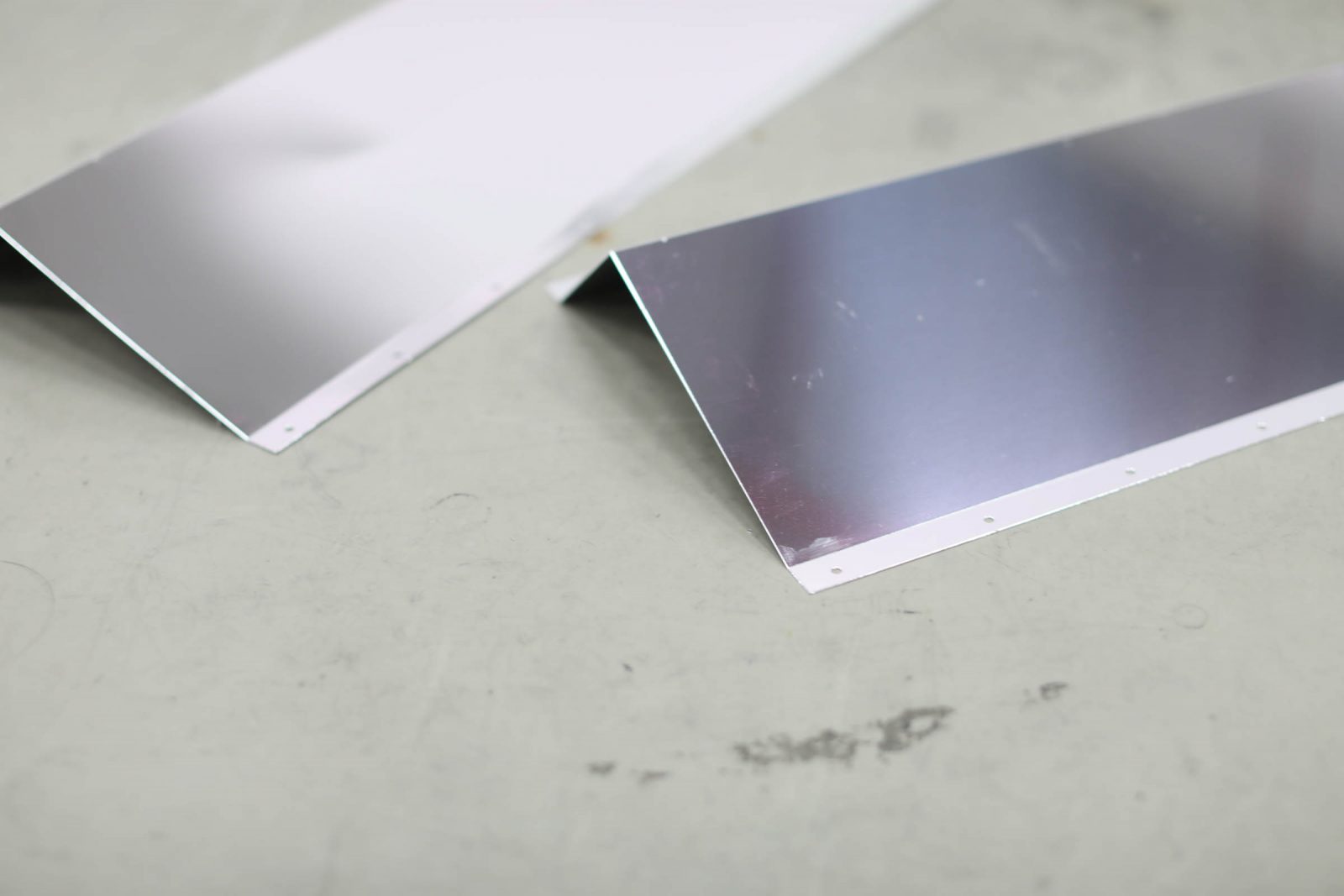You can find Air Sniper units in a wide range of applications because the technology is robust and adaptable. From retail buildings, hospitals and doctors’ offices to manufacturing facilities, malls and dental clinics, there is always somewhere new to apply the principles of good design and robust supplemental air sanitization that define this company.
Today, we look at how supplemental air sanitization units can help keep your dental office running. The first step? Understanding the technology. Afterward, we look at how Air Sniper improves on the concepts of good design to craft a product that is truly one-of-a-kind.
How UVC Technology Works
UVC technology traces its origins all the way back to the late 1930s and early 1940s. Of course, at that time the technology was just being discovered, and it would take more than thirty years to go through the typical stages of innovation and become a commercially viable product. Even then, obscurity and the high cost of materials made the technology specialized and rare.
But when you fast-forward in time to today, it is easy to find UVC supplemental sanitization in use across disciplines and industries. Many of the prohibitive issues of the past have been resolved, leaving the potential for powerful supplementary air sanitization ripe for interest and excitement. After all, UVC technology relies on the same principle present in the sun.
Indeed, the sun’s rays produce many different parts of the light spectrum, including shortwave light. These shortwave rays, called UVC, can penetrate living cells and disrupt the genetic material inside, rendering the organism inert. In the fight against bacteria and harmful microorganisms, there is no better option.
How Air Sniper Improves UVC Supplemental Air Sanitization
Although the science of UVC is plain to see, it isn’t enough to put a UVC-producing lamp in a box and call it a day. No, it is critical instead to attune your device to four main variables, two of which we look at in more detail below.
Intensity
The intensity of UVC supplemental air sanitization can be looked at as the total amount of UVC rays within the unit at any given time. The more intensity, the more rays and the more pathogen destruction. Improving intensity requires balancing efficiency through bulb proximity and material quality.
Proximity
The proximity of UVC bulbs dictates the intensity, to some extent. Obviously, if you put two bulbs ten feet from one another, the relative intensity of UVC between them will be minimal. Placing them within several inches of one another, however, can produce an efficient destruction area.
Get Your Air Sniper Today
To learn more about the other variables, visit the “Our Technology” page. To order your dental office’s Air Sniper, request a quote from their friendly and knowledgeable staff. To start breathing easier, contact the team today.

